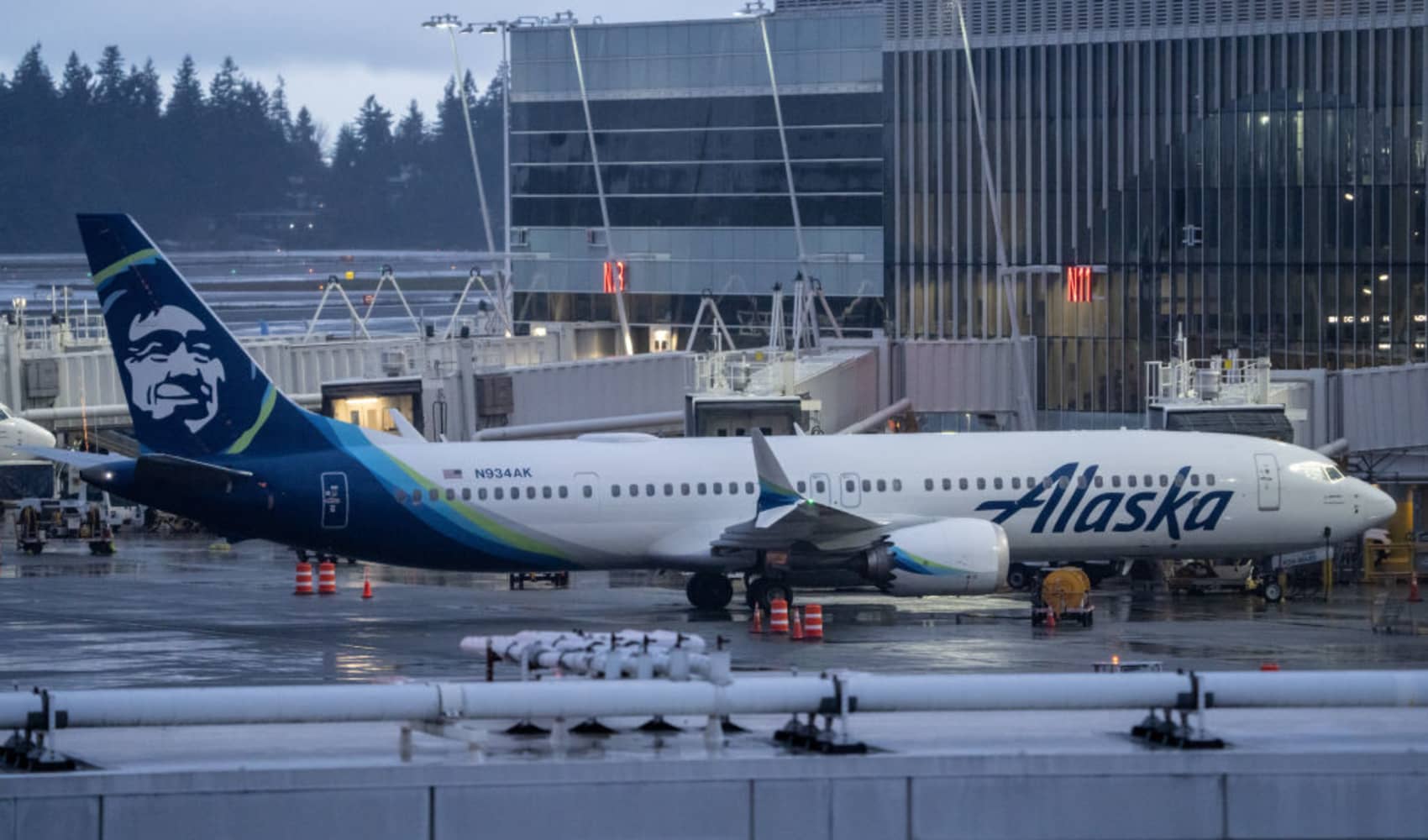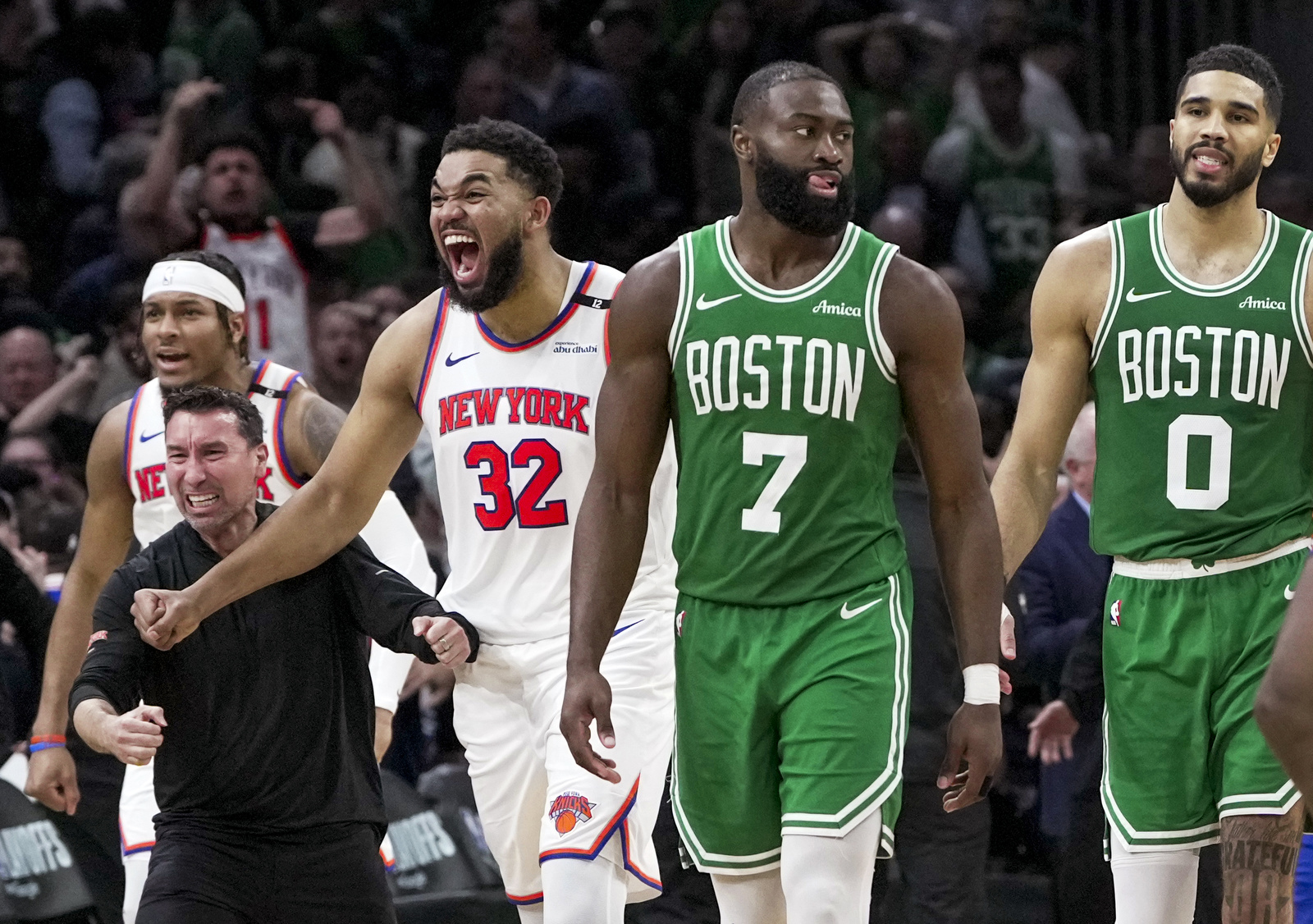Alaska Airlines Warns: Demand Dip and Profit Outlook Down
Alaska Airlines Hit by Turbulence: Profit Outlook Dips
Introduction: A Bumpier Ride for Alaska Airlines?
Well, folks, it seems like even the skies aren't always smooth sailing. Alaska Airlines has recently issued a warning that might give investors (and avid travelers) a bit of pause. They're forecasting a decrease in their second-quarter profit outlook, citing softening travel demand. It's like hitting a patch of unexpected turbulence after a seemingly smooth flight.
Softening Demand: What's Causing the Downturn?
So, what's behind this dip in demand? Is it simply a seasonal lull, or is there something bigger at play? Alaska Airlines points to "softer demand" as the primary culprit, but that raises further questions. Let's dive deeper into potential factors.
Economic Uncertainty: The Elephant in the Sky
One major factor could be the overall economic climate. Remember the saying, “When the economy sneezes, the airline industry catches a cold”? Economic uncertainty and volatility often lead people to cut back on discretionary spending, and travel is often one of the first things to go.
Inflation's Impact: Are Ticket Prices Too High?
Inflation is still lingering, affecting everything from groceries to gas. Could higher prices be making people think twice about booking that Alaskan cruise or Hawaiian getaway? It’s like deciding between a vacation and, well, *not* starving.
Shift in Travel Patterns: Back to the Office?
Have travel patterns shifted? With more companies calling employees back to the office, perhaps the surge in leisure travel we saw post-pandemic is starting to cool off. Business travel might be increasing slightly, but leisure travel, a major revenue source for Alaska Airlines, could be taking a hit.
Second-Quarter Forecast: A Closer Look
Let's break down the numbers. Alaska Airlines expects a six-percentage-point hit to revenue in the second quarter. That's a significant chunk.
Revenue Expectations: Flat or Down?
They’re projecting second-quarter unit revenue to be flat to down as much as 6% compared to last year. Imagine trying to balance your budget when your income might be shrinking. That’s what Alaska Airlines is facing.
Earnings Per Share: Lower Than Expected
The airline anticipates adjusted earnings per share of $1.15 to $1.65. Wall Street analysts, however, had forecast $2.47 a share. That’s a substantial difference and explains the market's reaction.
The Hawaiian Airlines Merger: A Double-Edged Sword?
The merger with Hawaiian Airlines, completed last year, was intended to create a stronger, more competitive airline. But mergers can be complex, and integrating two large companies takes time.
Integration Challenges: Smooth Sailing or Choppy Waters?
Are there integration challenges that are contributing to the current situation? Combining two distinct cultures, operating systems, and route networks is a massive undertaking. Any hiccups in this process could certainly affect profitability. It's like trying to merge two rivers – you need a clear channel to avoid flooding.
Long-Term Benefits: Still on Track?
Despite the short-term challenges, Alaska Airlines maintains that the merger will ultimately benefit both airlines and their customers in the long run. Only time will tell if this holds true.
Full-Year Forecast: Holding Steady (For Now)
Interestingly, Alaska Airlines has decided not to update its full-year forecast, citing "economic uncertainty and volatility." It's like deciding to wait out a storm before changing course.
Profitability in 2025: Still Optimistic?
Despite the current headwinds, the airline expects to remain profitable in 2025. That's a crucial point. It suggests they believe the current downturn is temporary and that their underlying business remains strong.
The Competition: How Are Other Airlines Faring?
Alaska Airlines isn't alone in facing these challenges. Other carriers have also reported weaker-than-expected bookings. It’s like a flock of birds all feeling the same wind resistance.
Industry-Wide Trends: A Broader Perspective
This suggests that the softening demand is likely an industry-wide trend, rather than a problem specific to Alaska Airlines. Understanding this broader context is important.
Strategic Responses: Adapting to the New Reality
How are airlines responding to this new reality? Are they cutting routes, reducing fares, or implementing other strategies to boost demand? These responses will shape the future of the industry.
Customer Impact: What Does This Mean for Travelers?
So, what does all this mean for you, the traveler? Will you see changes in ticket prices, flight availability, or service quality?
Potential Fare Adjustments: Cheaper Flights Ahead?
If demand is down, airlines might lower fares to attract more passengers. This could be good news for budget-conscious travelers. Keep an eye out for potential deals and promotions.
Route Changes: Will Your Favorite Destination Be Affected?
Airlines might also adjust their route networks, cutting less profitable routes and focusing on more popular destinations. Your favorite vacation spot might become harder (or easier!) to reach. It's all about supply and demand.
Alaska Airlines' Response: Strategies for Recovery
What steps is Alaska Airlines taking to weather this storm? Are they implementing cost-cutting measures, focusing on customer loyalty, or exploring new revenue streams?
Focus on Customer Loyalty: Keeping Passengers Happy
Maintaining customer loyalty is crucial during challenging times. Alaska Airlines might be focusing on enhancing its rewards program, improving customer service, or offering more personalized experiences. Happy customers are more likely to keep flying with you, even when things get tough.
Cost Optimization: Streamlining Operations
Airlines are masters of cost optimization. They may look at streamlining operations, negotiating better deals with suppliers, or finding ways to reduce fuel consumption. Every penny saved counts.
Long-Term Outlook: Is the Future Still Bright?
Despite the current challenges, the long-term outlook for Alaska Airlines remains positive. They have a strong brand, a loyal customer base, and a well-managed operation.
Resilience and Adaptability: A Key to Success
The airline industry is known for its resilience. Airlines have weathered numerous crises over the years, and they've always found ways to adapt and survive. Alaska Airlines is no exception. It's like a plane encountering turbulence – it might shake things up for a bit, but it eventually finds its way back to smooth skies.
Conclusion: Navigating the Turbulence
In conclusion, while Alaska Airlines is facing some short-term headwinds due to softening travel demand and economic uncertainty, the airline anticipates profitability in 2025 and is taking steps to navigate the turbulence. The merger with Hawaiian Airlines, while presenting integration challenges, is expected to provide long-term benefits. Keep an eye on fare adjustments and route changes, and remember that the airline industry is known for its resilience. We'll be watching to see how they soar through these challenges.
Frequently Asked Questions
Here are some frequently asked questions about Alaska Airlines' current situation:
- 1. Why is Alaska Airlines warning of slower demand?
- Alaska Airlines is citing "softer demand" and economic uncertainty as the primary reasons for its lower second-quarter profit outlook. This may be due to factors like inflation and a shift in travel patterns.
- 2. How will the Hawaiian Airlines merger affect Alaska Airlines' performance?
- The merger is expected to provide long-term benefits, but there may be short-term integration challenges that could impact profitability.
- 3. Will ticket prices increase or decrease as a result of this news?
- It's possible that ticket prices could decrease as Alaska Airlines tries to stimulate demand. Keep an eye out for potential deals and promotions.
- 4. Is Alaska Airlines still expected to be profitable this year?
- Alaska Airlines has chosen not to update its full-year forecast because of “economic uncertainty and volatility,” but it anticipates profitability in 2025.
- 5. What can travelers do to prepare for potential changes to flight schedules?
- Travelers should stay informed about potential route changes by checking Alaska Airlines' website and social media channels. Booking flights in advance and being flexible with travel dates can also help.


